
How to Handfeed a Baby Bird. Many experts say that hand feeding a baby bird helps to develop a bond between the caregiver and the bird, but it is also a big commitment in which someone is actually taking the life of the baby bird into his own hands. Hand feeding a baby bird is much like having a newborn baby, so if you are considering this task, please be prepared. Once you start hand feeding a baby bird you need to feed it no less than four times a day, for a minimum of 8 weeks.
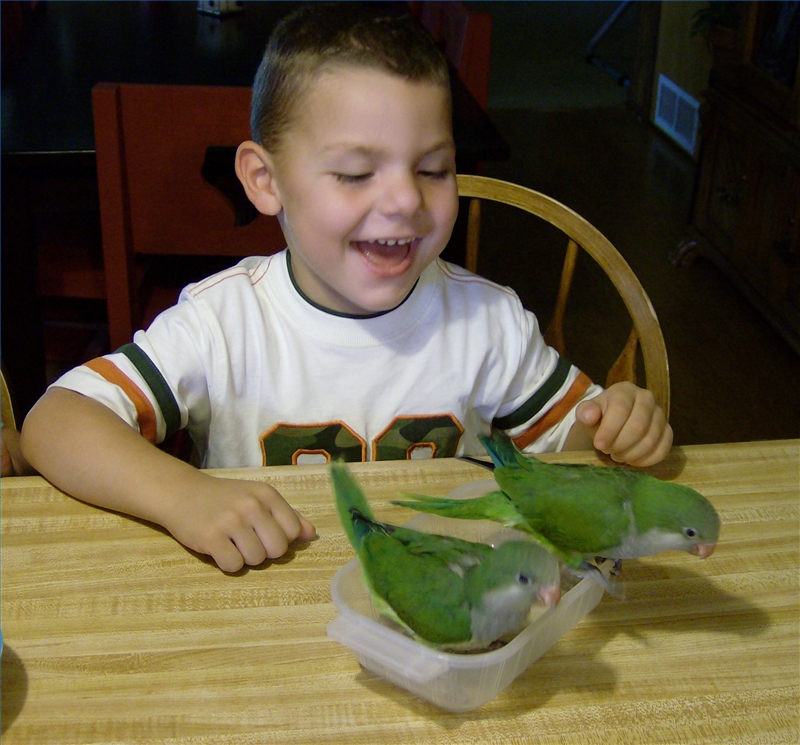
Choose an area where you can hand feed your baby bird. This should be a flat surface, free from drafts. Placing an old towel down on the surface will give your baby bird something to grip, as well as help keep it a little warmer.
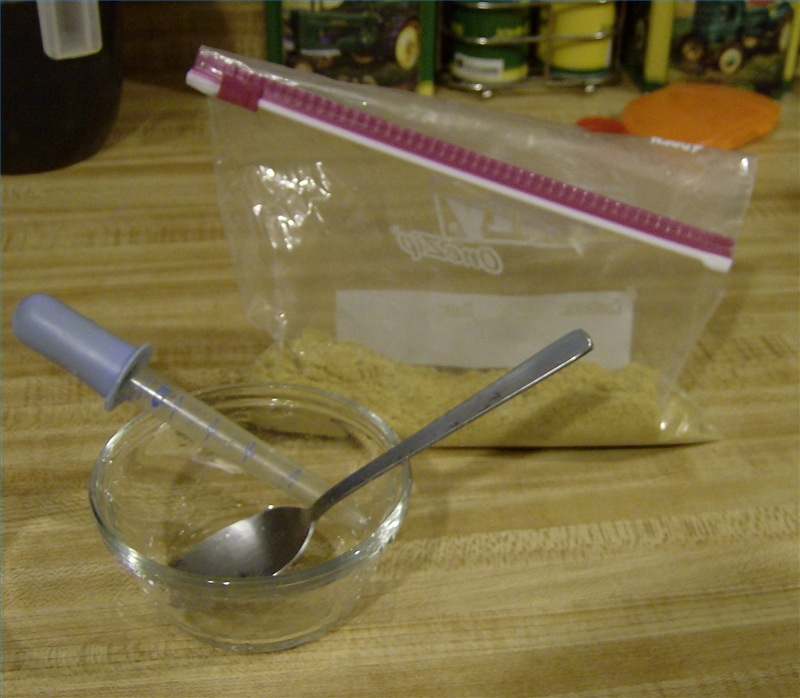
Mix the baby bird formula according to the directions on the package and stir well. Pay special attention to the temperature recommendations on the label. Temperatures call for 100 to 105 degrees F. Formula that is too hot can damage the bird's crop (throat area). If it is too cold the bird will not be able to digest it. Formula thickens as it sets. Add water a little at a time until the formula is the consistency of gravy or baby cereal.
Suck up the formula into the eye dropper or syringe and touch it to the baby bird's beak. This should trigger the bird's feeding response. Getting the baby bird to eat the first few times can be challenging and takes patience. Remember, it is something totally new to the bird. Always feed the bird from the left side of the beak (which is your right side when you're facing it) to avoid getting formula into the lungs and causing aspiration. Keep trying until the bird finally eats enough to fill the crop. If you are not successful at one feeding you will need to try again within an hour or two.

Observe the crop (throat area) of the baby bird to help you determine how much to feed it. When the crop is bulging slightly and feels like a soft water balloon the bird has had enough. Avoid overfeeding, as this could cause the bird injury, infection or death to the baby bird.
Clean up after feeding. Just like children, baby birds are messy when eating. Take a paper towel or damp cloth and gently wipe the bird's beak, face, chest and feet and place the baby bird in a warm place. Wash all feeding utensils in hot soapy water. Use a bottle brush to clean the inside of the eye dropper or syringe. A piece of paper towel can be pushed into the dropper if a bottle brush will not fit. Clean the counter top and floor.
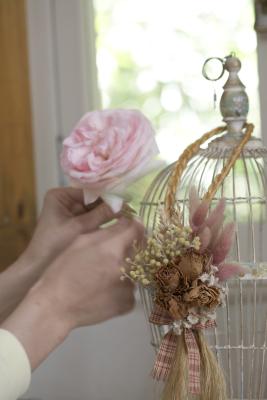 Ways to Decorate a Bird Cage
Ways to Decorate a Bird Cage
Ways to D
Ways to Decorate a Bird Cage
Ways to Decorate a Bird Cage
Ways to D
 Perfect Travel Destinations With Travellers Aged In Excess Of 80
Person stage is a persons age when oldies have all their t
Perfect Travel Destinations With Travellers Aged In Excess Of 80
Person stage is a persons age when oldies have all their t
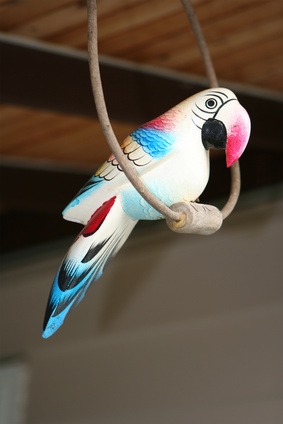 Homemade Bird Perches From Tree Branches
Homemade Bird Perches From Tree Branches
Homemade Bird Perches From Tree Branches
Homemade Bird Perches From Tree Branches
 Brinsea Spot Check Thermometer
Highly Accurate Digital Spot
Brinsea Spot Check Thermometer
Highly Accurate Digital Spot
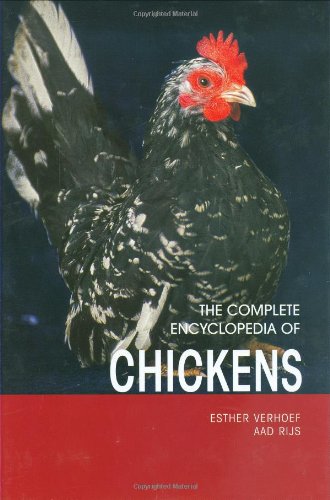 The Ancona Chicken
Backyard ChickensThe AnconaA
The Ancona Chicken
Backyard ChickensThe AnconaA
Copyright © 2005-2016 Pet Information All Rights Reserved
Contact us: www162date@outlook.com